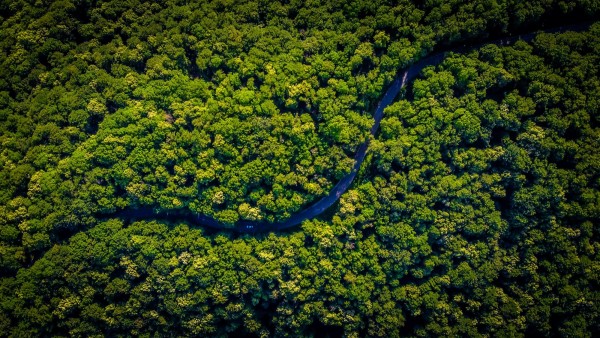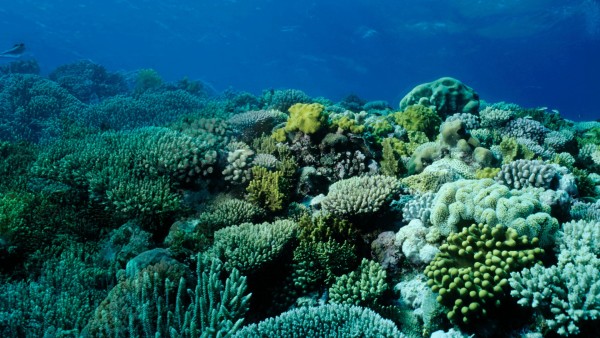# I. Executive summary
Extractive sectors have a critical role to play in meeting the world's resource needs and ensuring an equitable energy future. However, the mining and oil and gas sectors have significant impacts on nature, with extractive activities often occurring in or near environmentally sensitive sites. To ensure progress towards the energy transition does not come at the expense of biodiversity, insights into how projects interface with nature, as well as their ESG and business conduct risk, are imperative for decision-makers.
Stakeholders need to understand the materiality of geospatial proximity risks: does operating near Key Biodiversity Areas and protected areas increase the environmental risk of a project? What conditions determine the level of risk? The answers to these questions are critical in driving progress towards a nature-positive society, while helping companies prevent potential legal, financial, reputational, or compliance fallout caused by environmental harm.
RepRisk’s newly launched Geospatial Analytics dataset provides insights on three key datasets: the proximity of 125,000+ extractive sector projects to 300,000+ environmentally sensitive sites, their owner and operator companies, and RepRisk's ESG risk incident data. For this research, we examined the relationship between the three datasets to discern a correlation between proximity and business conduct risk, in both company- and project-level regressions. We find that immediate (1 km) geospatial proximity to environmentally sensitive sites significantly predicted the occurrence of ESG risk incidents for both companies and projects - indicating negative environmental impacts:
- Extractive infrastructure projects within 1 km of an environmentally sensitive site experience 30% more environmental risk incidents than those more than 30 km away.
- Ownership or operation of a project within 1 km of an environmentally sensitive site was found to have a significant effect on the environmental risk of a company, for both private and public entities, associated with a 77% increase in risk incidents for public companies and a 27% increase for private.
- Certain types of environmentally sensitive sites are associated with higher risk. Projects within 1 km of UNESCO World Heritage Sites and Alliance for Zero Extinction sites experience 36% and 35% more environmental risk incidents than projects within 1 km of other site types, respectively.
These results support informed decision-making, guiding investors and companies owning or financing extractive projects away from the riskiest project placements to support due diligence processes and ensuring that demand for extractives is met while minimizing harm to people or the environment.



